Embarking on the journey of pitbull puppy training can be an exhilarating experience filled with moments of challenge and triumph.
Beyond the foundational aspects of socialization and house training, let’s delve into some critical areas that will ensure a well-rounded and happy canine companion.
This guide is dedicated to offering the best strategies and practices for pitbull puppy training.
Key Strategies for Effective Pitbull Puppy Training
Understanding the Power of Touch in Training

Touch is a vital part of your pitbull’s life, especially when visiting the vet or meeting new people.
Training your pit to be comfortable with touch, particularly in sensitive areas like ears, belly, feet, and rear, is crucial.
Begin by gently rubbing these areas and progressively move towards more specific handling they would experience during a vet visit.
Remember, patience, gradual progress, and plenty of treats are essential to make this a positive experience.
Crate Training: A Safe Haven for Your Pitbull
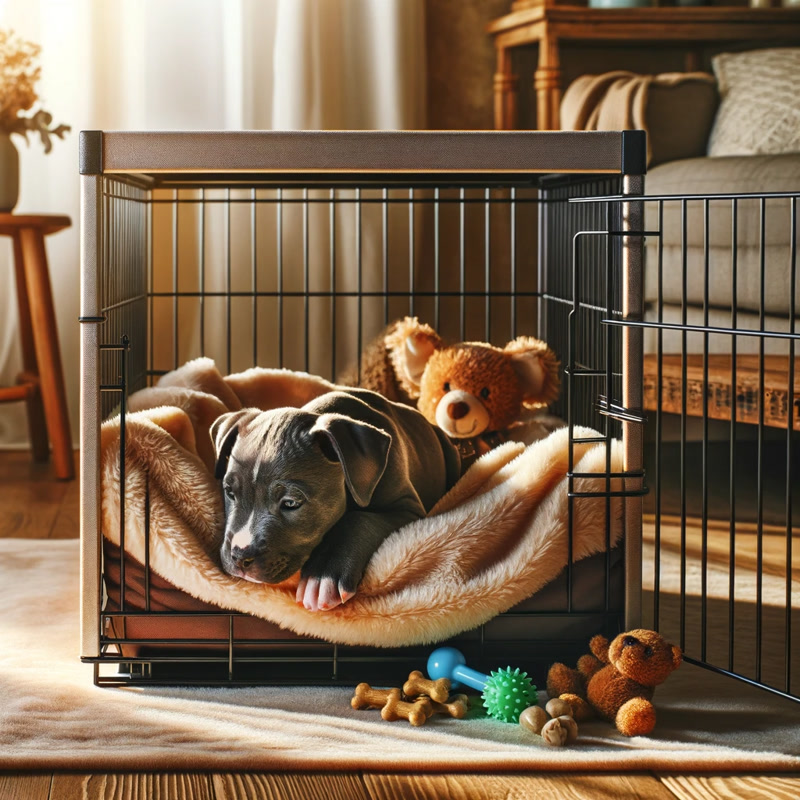
Crate training is not just about providing a personal space for your puppy but also an invaluable tool for potty training and ensuring safety.
Selecting the right size crate is vital for your puppy’s comfort.
Introduce the crate as a positive, safe space by making it comfortable with blankets, including toys, and offering treats.
Over time, your puppy will associate the crate with safety and comfort, making it easier for both potty training and moments when they need a secure spot.
The Art of Praise and Rewards: Building a Loving Bond

The foundation of successful pitbull puppy training lies in positive reinforcement.
Always focus on rewarding good behavior with praise, treats, and love.
Negative reactions can lead to fear and hinder the learning process.
Celebrate small victories and be consistent with your rewards and love.
This approach not only strengthens your bond but also encourages your puppy to repeat those good behaviors.
Conclusion: A Path to a Well-Trained Pitbull Puppy
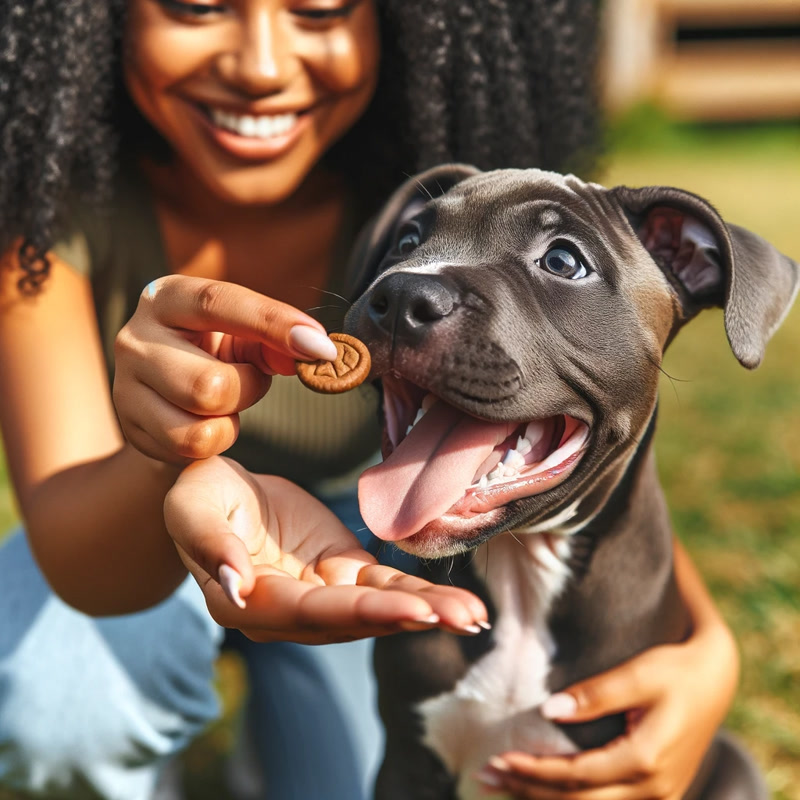
By focusing on touch sensitivity, crate training, and the power of positive reinforcement, you’re setting up your pitbull puppy for a lifetime of good behavior and companionship.
Remember, the journey of training is continuous and requires patience, consistency, and lots of love.
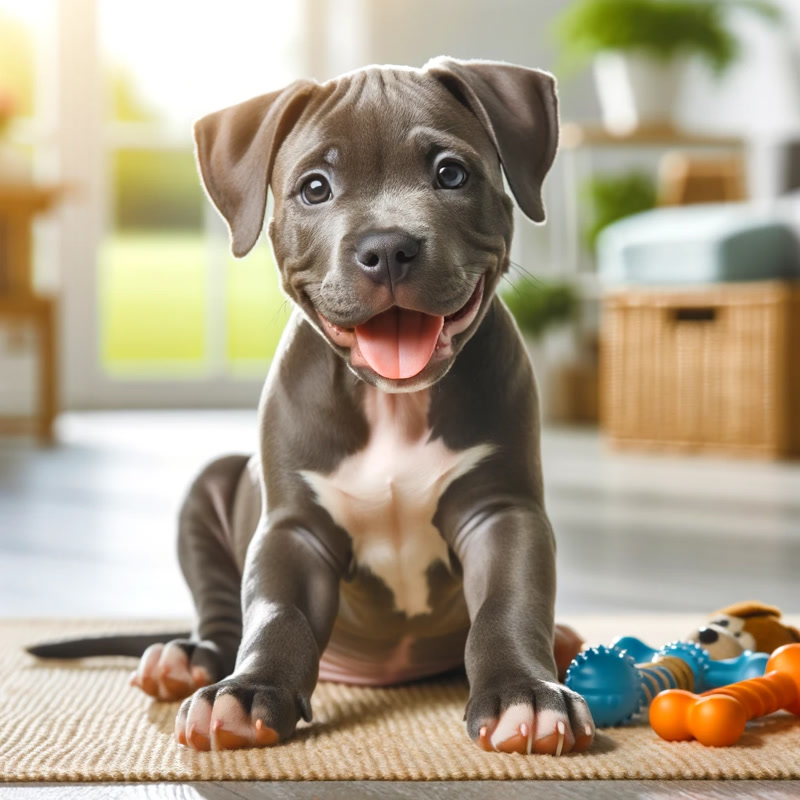
With these strategies, you and your pitbull will enjoy a harmonious and happy life together.
Keep these tips in mind, and watch as your puppy grows into a well-adjusted and loving member of your family.


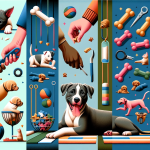



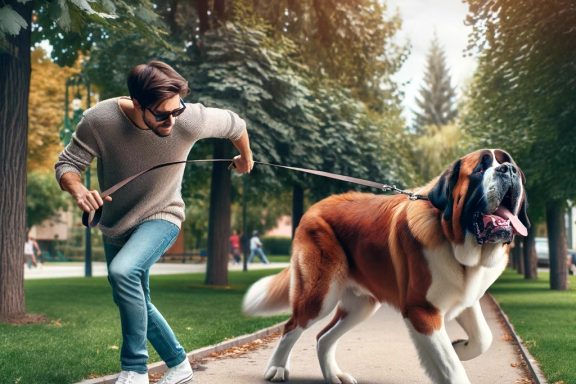
No Comments